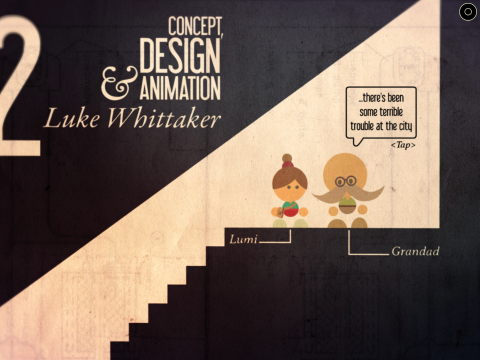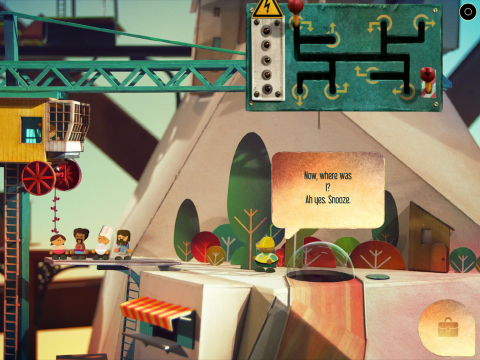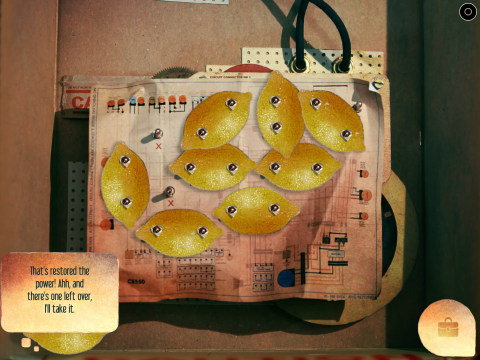Cut-out animation and real models makes Lumino City far more real in its vintage approach
Price: $4.99 / £3.99
Version: 1.4
Size: 1.96 GB
Developer: State of Play Games
Platform: iPhone and iPad
Cut out, sketch, pixels – they’re all examples of the vintage approach. But from comic books to iOS games, even the most traditionally-influenced art has been recreated digitally.
However, every now and then we get a genuinely handmade app or game, and it makes us question truly how truly retro that arcade voxel blaster is. Lumino City is one of these games, and after an acclaimed release on Mac and Windows machines in 2014 that saw it nominated and win a number of awards, including a BAFTA in Artistic Achievement, this British puzzle adventure has finally found its way to a new audience on iOS.
As the developer states, Lumino City is three years in the making – handmade entirely out of paper, card, miniature lights and motor. It’s well worth checking out their about page for some behind the scenes shot.
Of course, you can see what an impressive delight the visual design is in the screenshots, but it takes more to make a game fun. Let’s take a closer look.
In Lumino City, you play Lumi. Technically a sequel to the game Lume, it manages to kick off directly after the end of the previous game. However, prior knowledge of the title isn’t needed, and the game introduces itself in a very standalone manner. Lumi goes to make a cup of tea for her grandad, but while she’s in the kitchen, he’s kidnapped. From here, we’re on the epic adventure following Lumi into the city and it’s odd locations, houses, and characters.
The gameplay will be familiar to those that enjoy point and click adventures, and it’s easy to move Lumi about in a mixture of 2D and 3D environments in a very connective, and impressively seamless manner.
Along the way, Lumi has to solve a number of problems. She has to bring power back to the town, find the mayor’s cat to take back to her, to other tasks, like developing photographs.
The puzzles are interesting, and can be easily worked out via the ‘handbook’ which Lumi’s grandad left behind when he was kidnapped. This gives you a series of chapters and page numbers corresponding to the section of the game you’re in. These provide ‘clues’ to the puzzle in the form of written instructions and diagrams. This is the only part of the game which falls down – the puzzles generally don’t ascribe to patterns, which means it’s often not possible to work it out without the instructions. However, the instructions make it fairly obvious to complete, meaning there’s a lack of difficulty or challenge in the balance. Not all puzzles are like this, and the characters you meet along the way, and the narrative more than make up for it.
Lumino City is a visual feast, a true feat in game design, and something you genuinely don’t see very often on the mobile platform. Amongst all the App Store clones, freemium titles and everything else clogging up the platform, Lumino City is well worth the investment.





